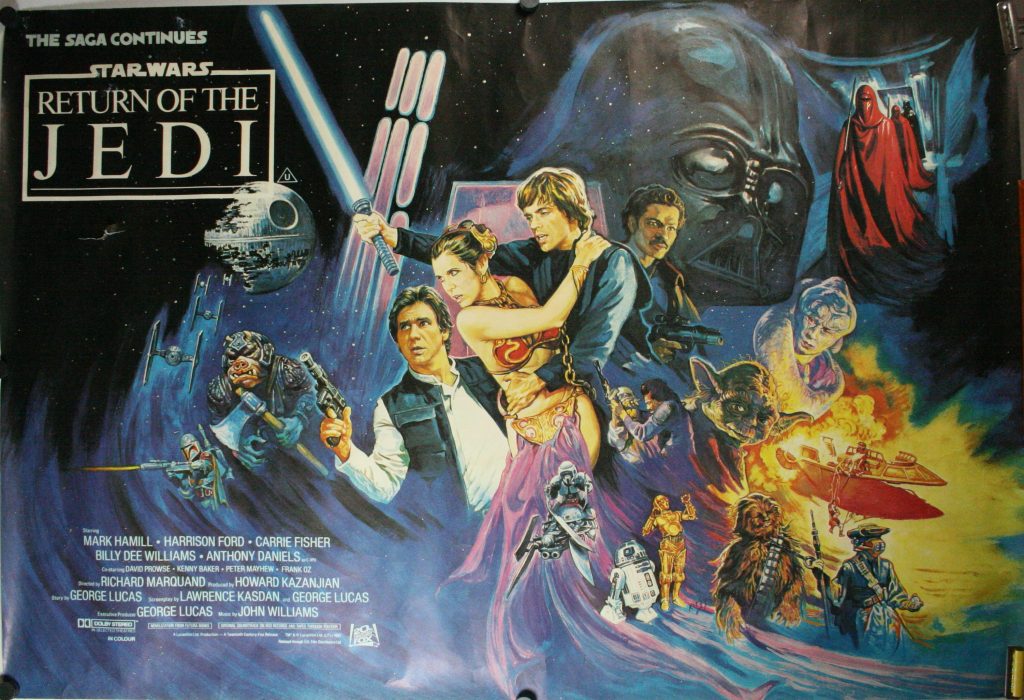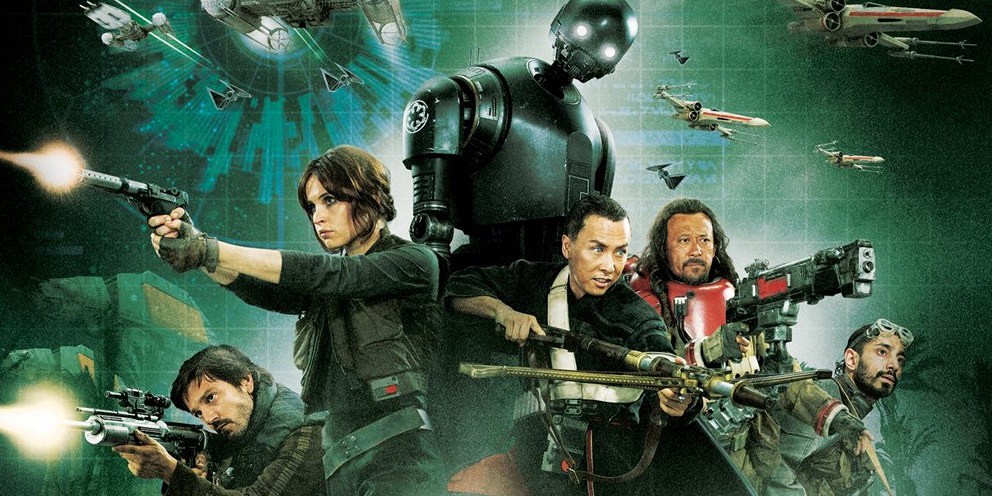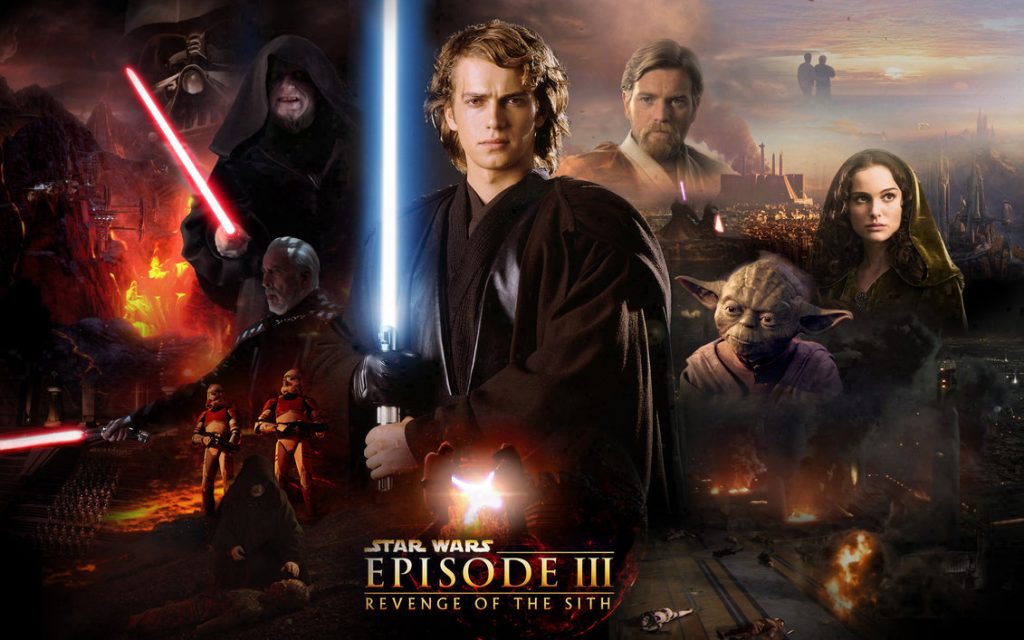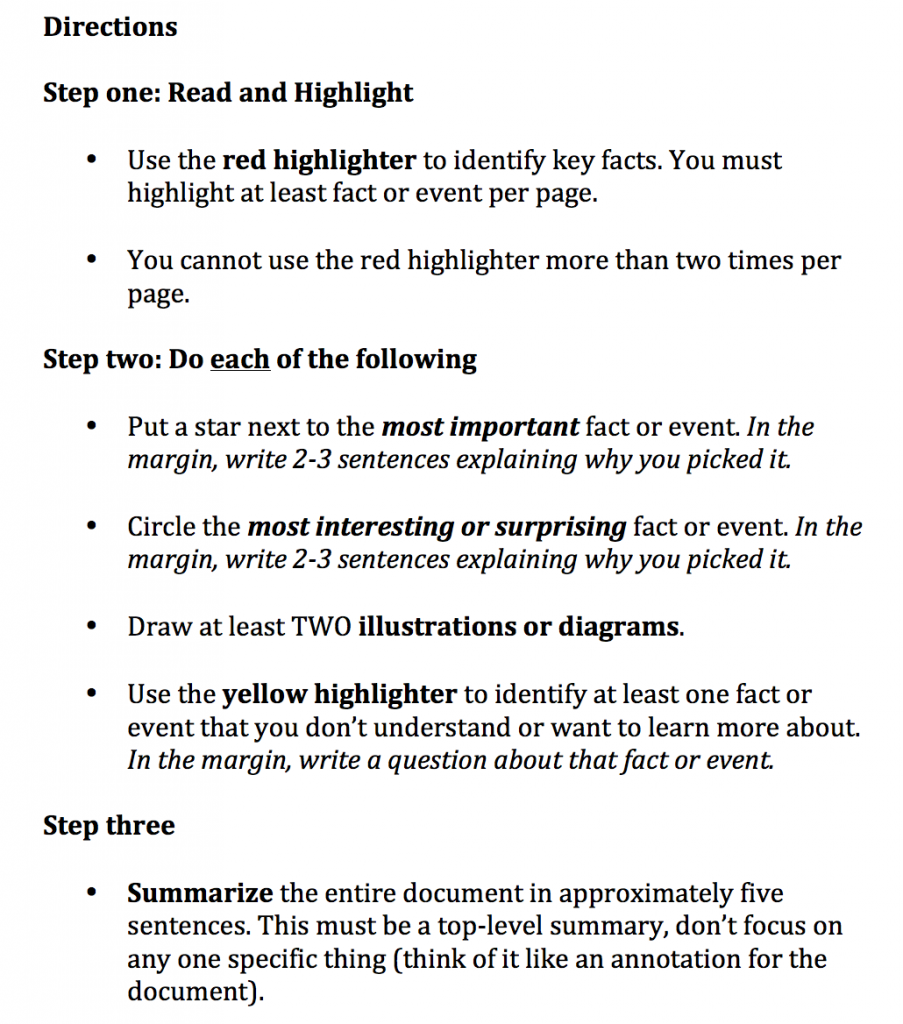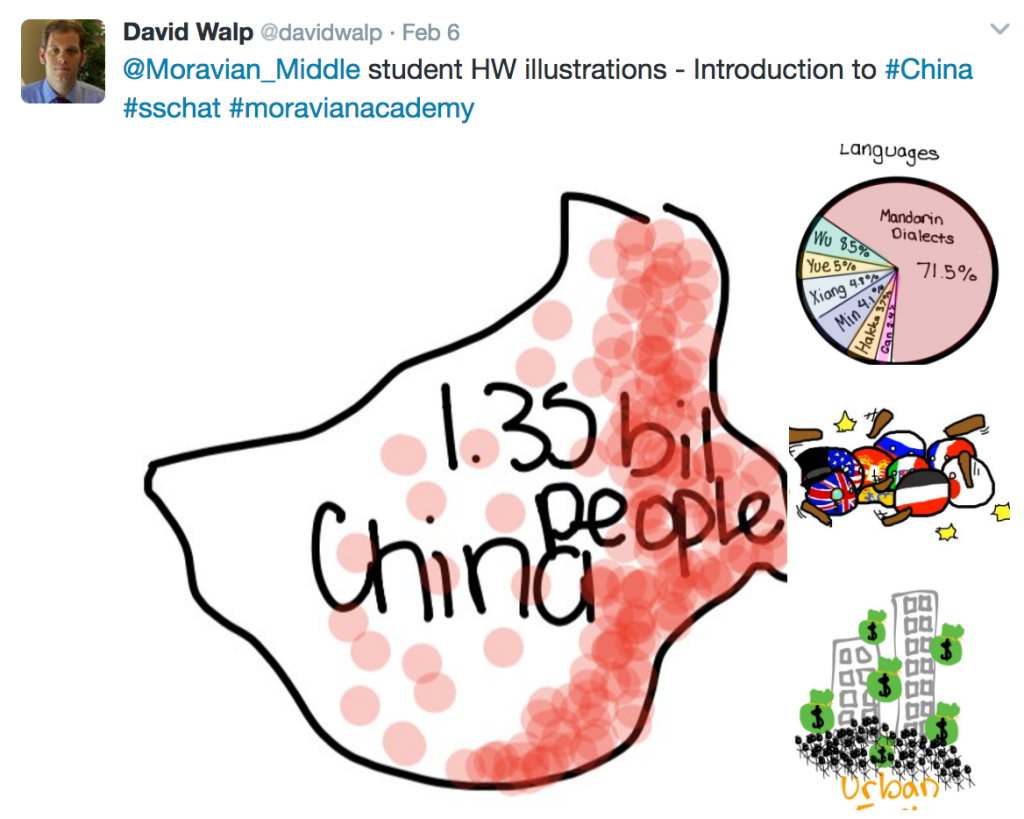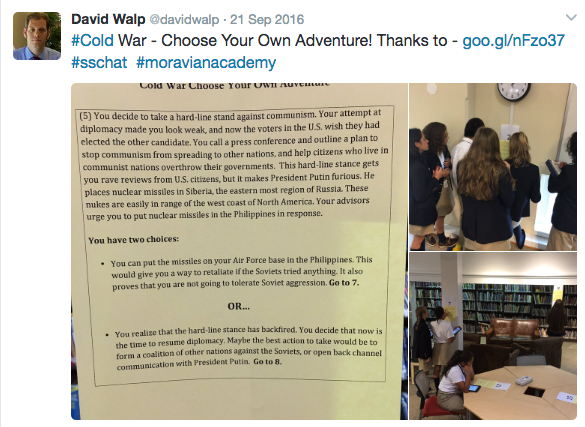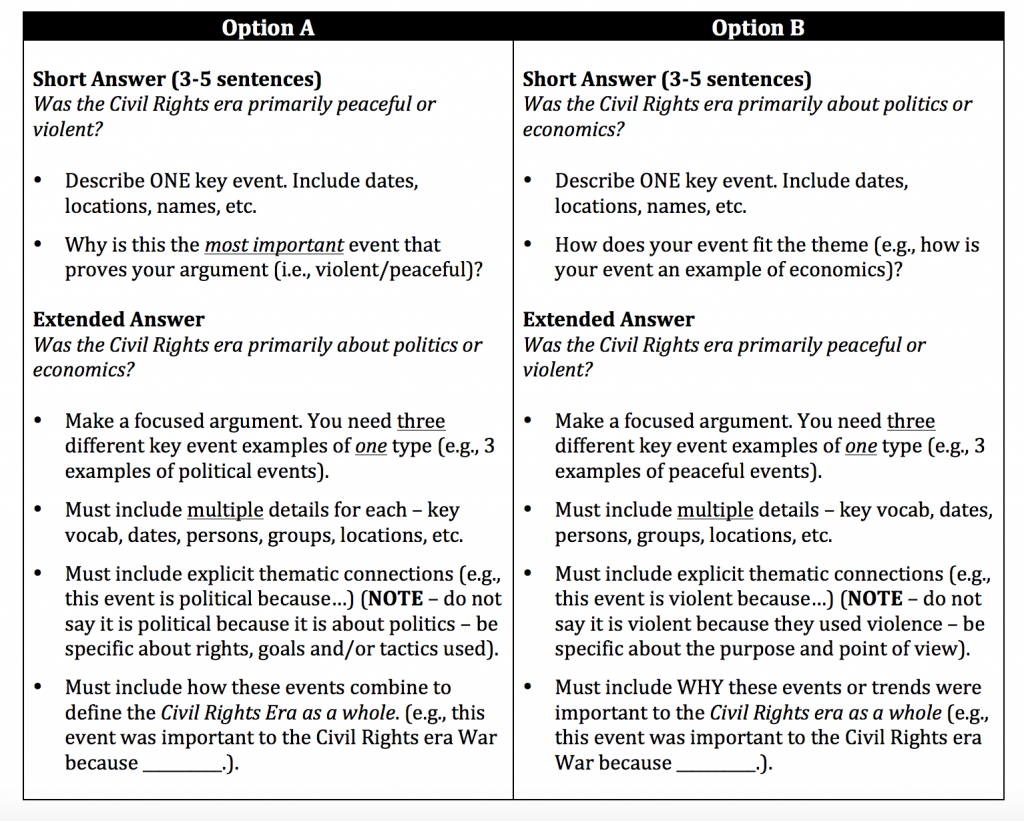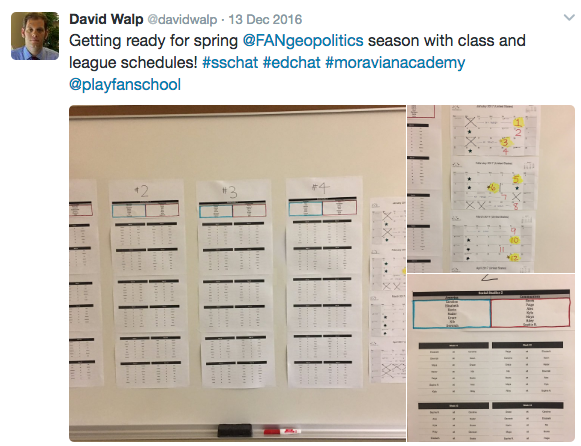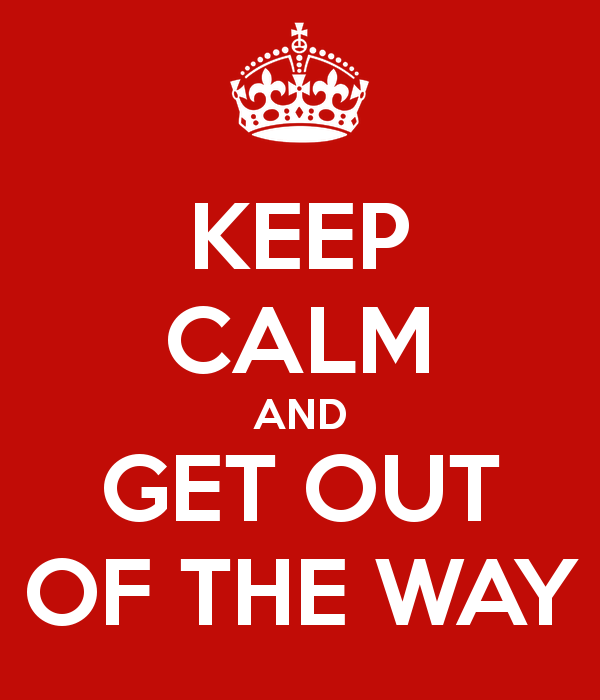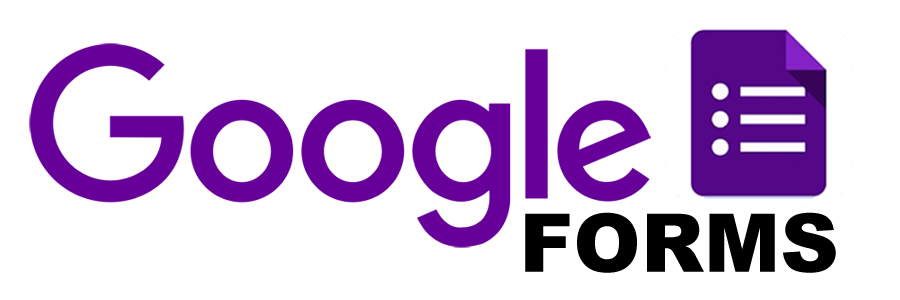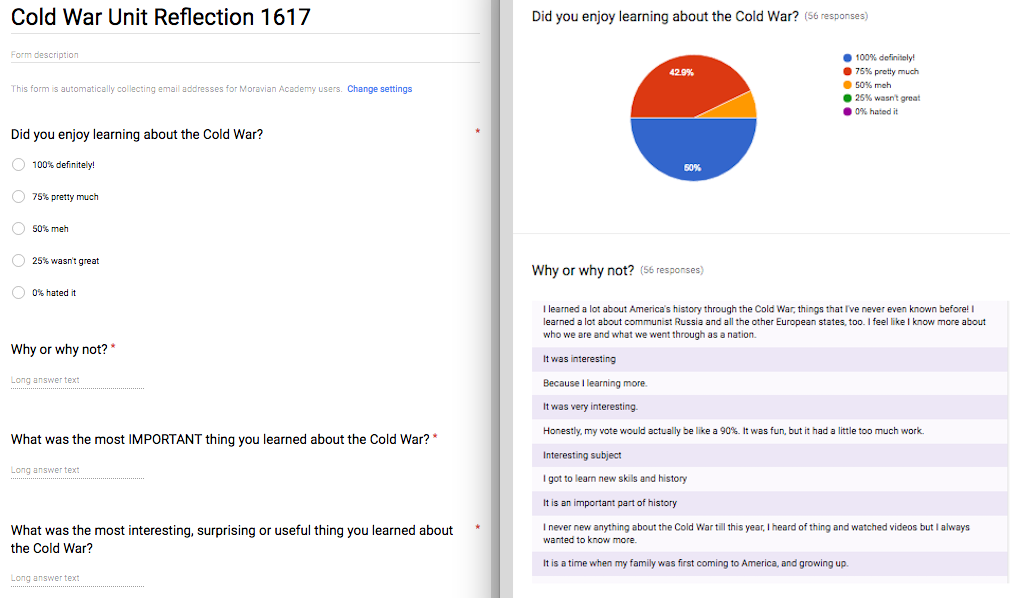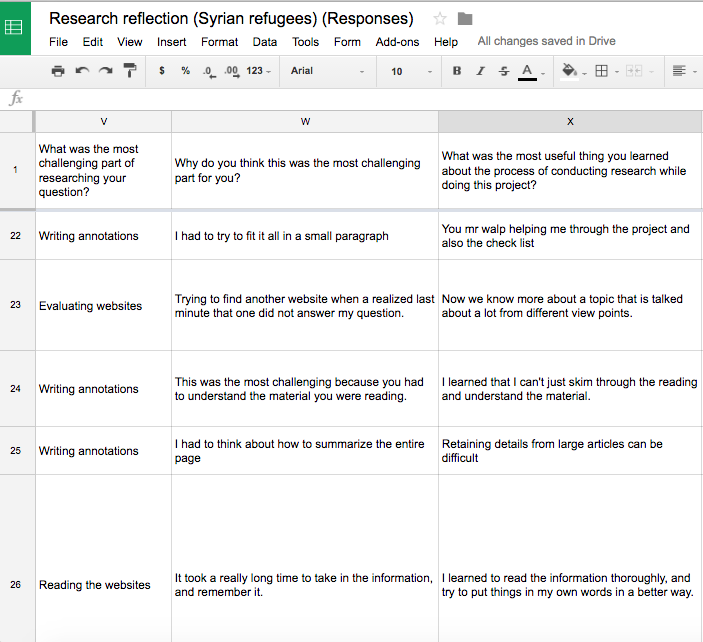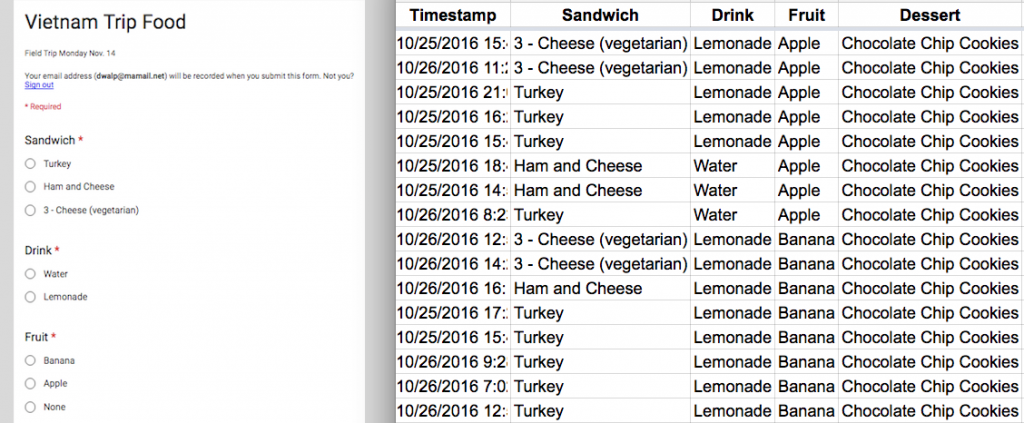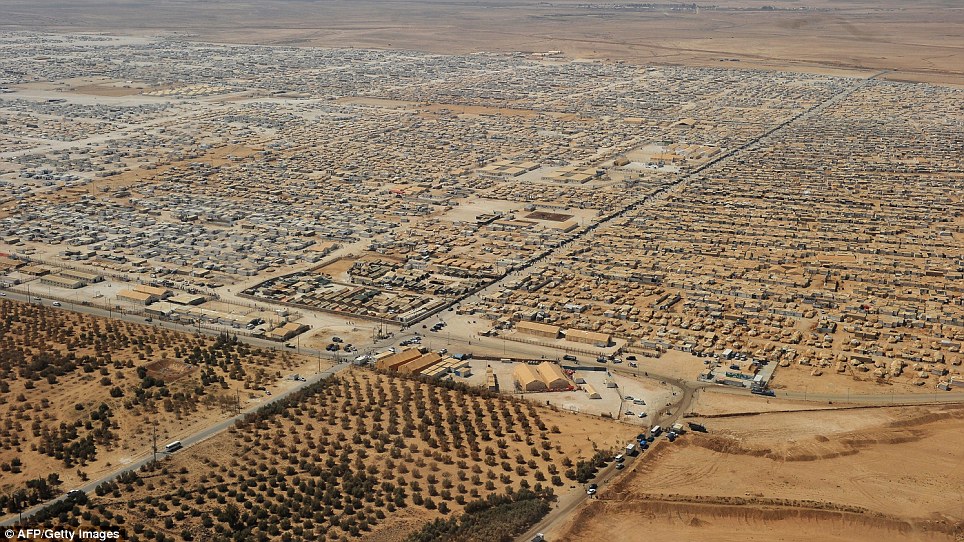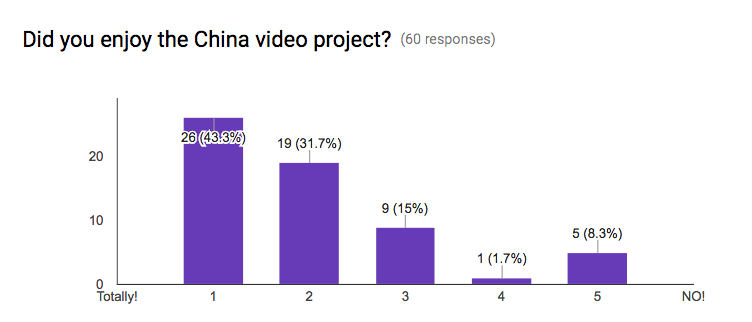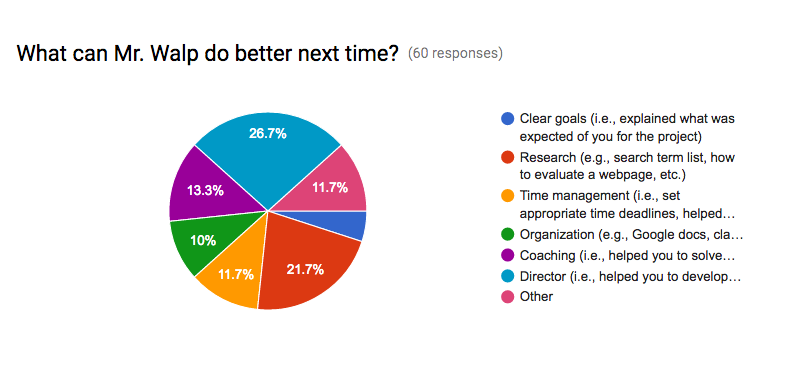Prompt: Write a listicle about any topic that interests you.
You asked for it Internet. Here is my personal ranking for the eight Star Wars movies.
#1 A New Hope – Episode 4
Can’t mess with the best. It’s the only movie in the series that can completely stand on it’s own. Obviously that is in large part because George Lucas didn’t have any reasonable expectation that he would be able to film a sequel at the time. But that doesn’t matter. This film changed film. It changed an industry. It is a near perfect telling of the hero’s journey. The lightsaber! I mean…gimme a break.
Best moment – I am a sucker for the twin sunsets on Tatooine. Visually stunning. The music swells. It is the last moment of naive innocence for our hero – when the new day dawns he unwittingly embarks on adventure.
#2 Empire Strikes Back – Episode 5
A lot of people rank this as the best of the series. I won’t argue with that, it’s certainly a very close second place finish for me. This film challenged expectations in so many ways. The big set piece battle was the beginning rather than the end…with some strong foreshadowing for the rest of the film as the Rebels were forced to flee for their lives. The great Jedi master was a weird monkey puppet who lived in a swamp. Darth Vader is merely a subordinate to a more powerful evil. The princess falls in love with the pirate. And so on.
The film just ends as a deliberate cliffhanger. I am not quite old enough to have seen this in the theater but I CANNOT imagine how crazy it must have been to wait three years for a resolution.
Best moment – The lightsaber duel on Cloud City. This is easily my favorite duel of the entire series. The set and lighting are amazing. The entire tone of the battle is so tense and perfectly acted. Luke is being an impetuous fool, as he was warned by both Obi-Wan and Yoda. He doesn’t even understand at first that Vader is toying with him…testing him. We are forced to watch our hero get slowly destroyed physically, mentally and emotionally while the bad guy doesn’t even break a sweat. And then of course…

#3 The Force Awakens – Episode 7
Yeah sure…it’s a heavy retread of the Orig Trig. I don’t care. This movie is what the franchise needed after the slow heat death of the prequels. It was fun without being campy (e.g., Phantom Menace). It had emotional weight without being too dark (e.g., Revenge of the Sith). I want to learn more about these new heroes. I don’t think I need to see any more Death Stars though…we can probably put that idea back on the shelf.
Best moment – I can’t pick one for this movie. Rey and Finn escaping in the Millennium Falcon was pretty awesome (said me and the rest of the Internet). The interrogation room face-off between Rey and Kylo Ren. The lightsaber duel between Rey and Kylo. Luke Skywalker’s reveal at the end. Great stuff.
#4 Return of the Jedi – Episode 6
Ah yes. Apart from the prequels, this is easily the biggest opinion breakpoint among Star Wars fans. The Ewok Line (as presented by Barry on How I Met Your Mother) is the best illustration of the demographic split. If you were under the age of 10 in 1983, then teddy bears were awesome and logical fighting companions. If you were a teenager or older, then Ewoks were dumb people-filled muppets ruining your beloved franchise. I was born in 1976…so yay Ewoks!
Otherwise, it’s a decent film. The editing elevates it a bit through skillful interweaving of three action sequence plot lines during the last half of the film. Once the ball starts to roll, it keeps going straight through until explody Death Star time. Also, this has significant nostalgia value for me as it was the only film from the original run that I was able to see in the theater.
Best moment – The lightsaber duel is fine. It hits all the right beats, and Vader’s redemption is classic. However, when I stopped to think about it, my favorite scene is perhaps the few moments that Vader and Luke have alone before meeting the Emperor. It’s only thing approaching a “normal” conversation these two ever have together in their lives. And there’s a lot going on. Both characters are vulnerable and trying to “save” the other. They both know that ultimately one of them will have to die, but neither one wants it to happen. Spoiler – one of them dies.
#5 Rogue One
There is a lot about this film that I liked, but the level of fanboy service is perilously close to jumping the shark. Too many cameos and winks to the audience. Yes it was cool to see a dark and gritty “real” movie – but that is also just a sign of our times. Remember how Star Wars was a light and fun alternative to the gritty (and depressing) films of the 1970’s? Anyway, it was cool, but we’ll see how it holds up. I know this is higher on several of my friends’ lists…some even have it as number 1. I could see it maybe bumping ROJ someday, but no higher. Here’s an interesting test…watch the film one time, and then see if you can actually remember the names of the new main characters other than Jyn Erso. Bet you can’t without looking it up. I can’t, and I’m the kind of guy that writes a blog post about Star Wars movies.
Best moment – K-2SO. Excellent comic relief which was crucially necessary to balance the tone of the film. I want to watch the movie again just for him.
#6 Revenge of the Sith – Episode 3
I guess this wins by default? No Jar Jar. The knowledge that it’s almost over. There wasn’t anything blatantly annoying like Episode 1 and it was less overblown and convoluted than Episode 2. It’s fine.
Best moment – Easy. Padme’s ruminations. No dialogue. Tense haunting score. Padme and Anakin separated literally and symbolically across the divide of the city. This scene is a perfect and deliberate bookend to the twin sunset in Episode 4.
#7 Phantom Menace – Episode 1
This one is very interesting. I don’t actually dislike it – the story is basically OK, if a bit dull. But upon re-watching it years later I realized that I just blocked out all of the Jar Jar parts like a repressed memory of trauma. Jar Jar Binks is the Ewok Line for the prequels. Kids love him. I was 23 in 1999… But JJB is far worse than the Ewoks. At least the Ewoks had a meaningful role in the story. Go on YouTube and without too much effort you can find numerous fan edits that completely remove JJB and make the movie noticeably better.
Best moment – Young Anakin. Haha…JK. The lightsaber duel between Darth Maul, Qui-Gon and Obi-Wan. It was cool, and the only decent one in the entire prequel trilogy. That super speed run the Jedi did at the beginning of the movie would have been incredibly useful for Obi-Wan to catch up to the other two and save Qui-Gon’s life, but whatever. Also, killing Darth Maul in his first fight scene was the biggest waste ever of an amazing bad guy.
#8 Attack of the Clones – Episode 2
I could be convinced to switch this out for Phantom Menace. There are some cool plot points for Episode 2, but they were largely overshadowed by the ham-fisted “love story” between Anakin and Padme. Also, it’s kind of gibberish anyway. Clones. Something about Clones. If you liked the Yoda lightsaber duel that’s cool, we can still be friends.
Best moment – When I realized that they put a gag order on Jar Jar Binks.





